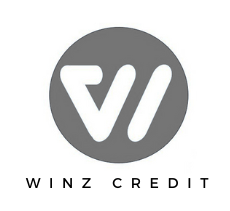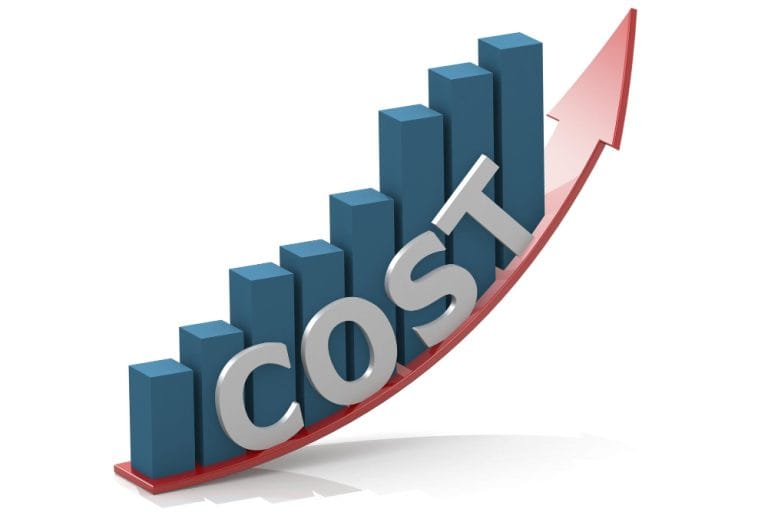This guide breaks down the essentials of debt management for small business owners, offering actionable strategies to take control of your financial future. From identifying “good” versus “bad” debt to negotiating with creditors and leveraging debt consolidation solutions like WinZ Credit, you’ll find everything you need to return to financial freedom.
Understanding Different Types of Debt: Good vs. Bad
Not all debt is created equal. Knowing the difference between “good” and “bad” debt empowers you to make smarter financial decisions for your business.
What Is Good Debt?
Good debt is an investment in the future of your business. When managed wisely, it helps foster growth and profitability. Examples include:
- Equipment loans that help you expand production capacity.
- Business lines of credit are used to manage seasonal cash flow gaps.
- Real estate loans for purchasing or upgrading business premises.
What Is Bad Debt?
Bad debt burdens your balance sheet without adding significant value. Characteristics of bad debt include:
- High interest rates drain resources.
- Use for non-productive purposes like impulse expenses.
- Revolving credit balances that are difficult to repay (e.g., maxed-out credit cards).
The takeaway? Understand your debt profile and aim to minimize “bad” debt while using “good” debt to grow your business strategically.
Creating a Debt Management Plan: Step-by-Step Guide
A well-crafted debt management plan (DMP) can help you regain control over your finances. Here’s how to create one:
- List All Your Debts
- Include creditor names, amounts owed, due dates, and interest rates for each debt.
- Organize the information in a straightforward spreadsheet to see the bigger picture.
- Assess Monthly Cash Flow
- Calculate your monthly income and expenses.
- Determine how much you can allocate toward debt repayment without straining your operations.
- Rank Your Debts by Priority
- Focus on high-interest debts first (this is known as the avalanche method).
- Alternatively, pay off small debts quickly to gain psychological wins (snowball method).
- Set Clear Goals
- For example, “Pay off X amount in six months” or “Reduce interest payments by consolidating debt.”
- Stick to the Plan
- Consistency is key. Automate payments to ensure you meet your obligations on time.
Strategies for Negotiating with Creditors
When debt repayment becomes unmanageable, it’s time to contact your creditors. Here are some tips for successful negotiation:
- Be Honest
Share your financial challenges openly while presenting a repayment plan.
- Ask for Lower Interest Rates
Many creditors are open to reducing interest rates to ensure repayment.
- Explore Payment Extensions
Request more time to pay if cash flow is temporarily stretched.
- Seek a Debt Forgiveness Option
Although less common, creditors may agree to waive part of the debt under certain conditions.
Proactively addressing repayment concerns signals responsibility and increases the likelihood of favorable terms.
Debt Consolidation vs. Debt Settlement
Are you struggling with managing multiple payments and high-interest debts? You may need to explore debt consolidation or debt settlement. Here’s how they compare:
Debt Consolidation
This involves combining multiple debts into a single loan, often with lower interest rates. It simplifies repayment and can reduce monthly payments.
- Best For: Businesses with high-interest debts but steady cash flow.
- Example: Consolidating credit card debts into a single-term loan with a fixed rate from WinZ Credit.
Debt Settlement
This is negotiating with creditors to accept a reduced amount as full repayment.
- Best For: Businesses unable to meet current payment obligations.
- Caution: Debt settlement can impact credit scores negatively, so weigh this option carefully.
Leveraging Technology for Debt Management
Digital tools can significantly simplify debt management. Here are some popular options to consider:
- Debt Management Software (e.g., QuickBooks, Tally): This software allows you to track balances, payment schedules, and interest rates in one place.
- Budgeting Apps (e.g., YNAB, PocketGuard) can help you monitor your cash flow and allocate funds for debt repayment.
- Ai-based solutions like WinZ Credit’s debt consolidation tools offer tailored recommendations to enhance your financial strategy.
Avoiding Future Debt Traps
Once you’ve addressed your current debts, avoiding falling back into old patterns is crucial.
Build an Emergency Fund
Set aside at least three to six months operating expenses to cushion against unexpected challenges.
Review Loan Terms Regularly
Shop around to secure the most favorable terms when taking on new loans.
Monitor Financial Health
To stay on top of your finances, regularly review your balance sheet, income statement, and cash flow statement.
Resources and Tools to Help
Here are a few links and recommendations to assist in your debt management efforts:
- WinZ Credit’s Debt Consolidation Options (Tailored for business owners like you.)
- SBA Small Business Tools
- Budgeting Software Tools like YNAB
- Free Business Workshops are available at local SCORE chapters.
Secure Your Financial Future with WinZ Credit
Managing business debt can seem daunting, but it’s also an opportunity to strengthen your business’s foundation for growth. From tackling high-interest loans to consolidating payments through WinZ Credit, every step brings you closer to financial freedom.
Start your debt management journey today with tailored solutions from WinZ Credit. Explore your options now, and take the reins of your financial future.






